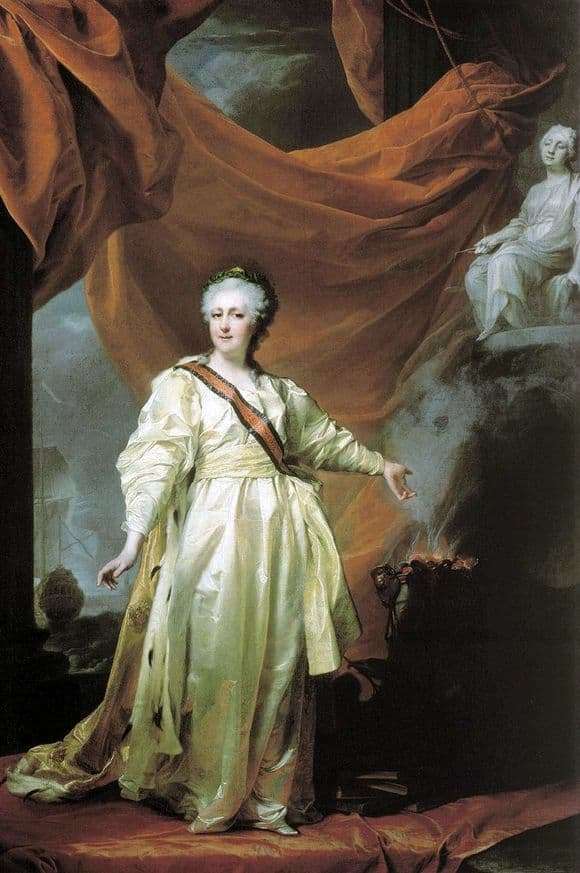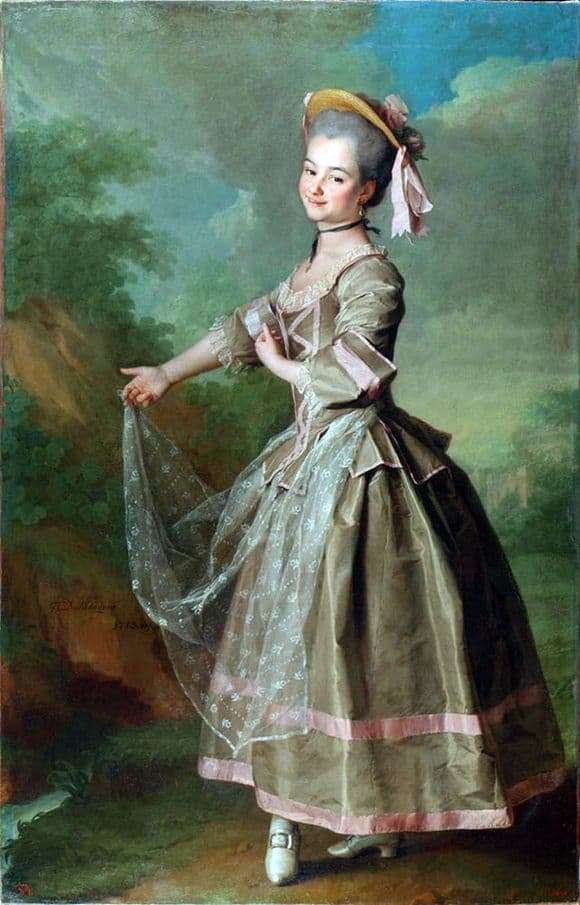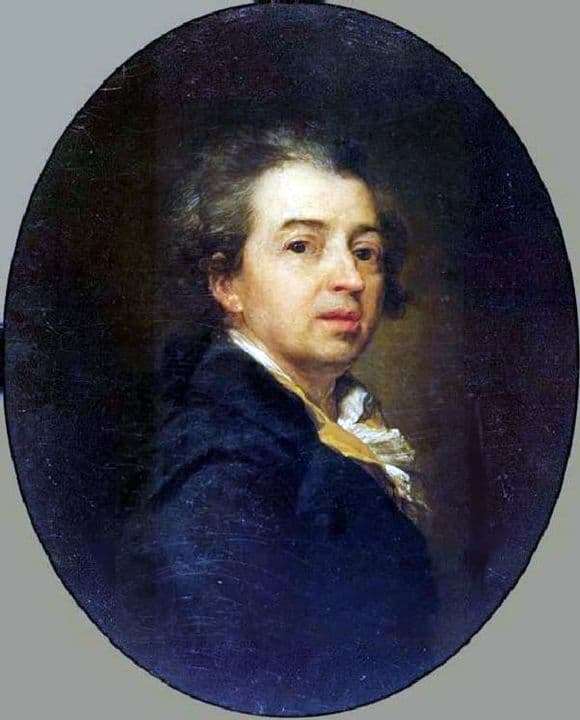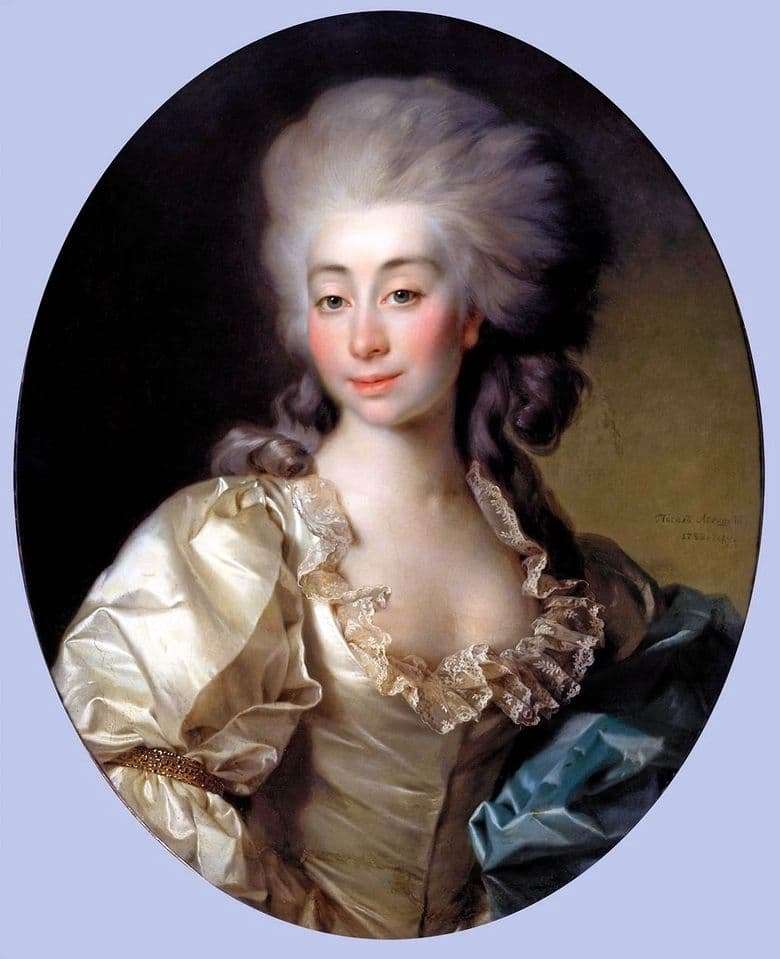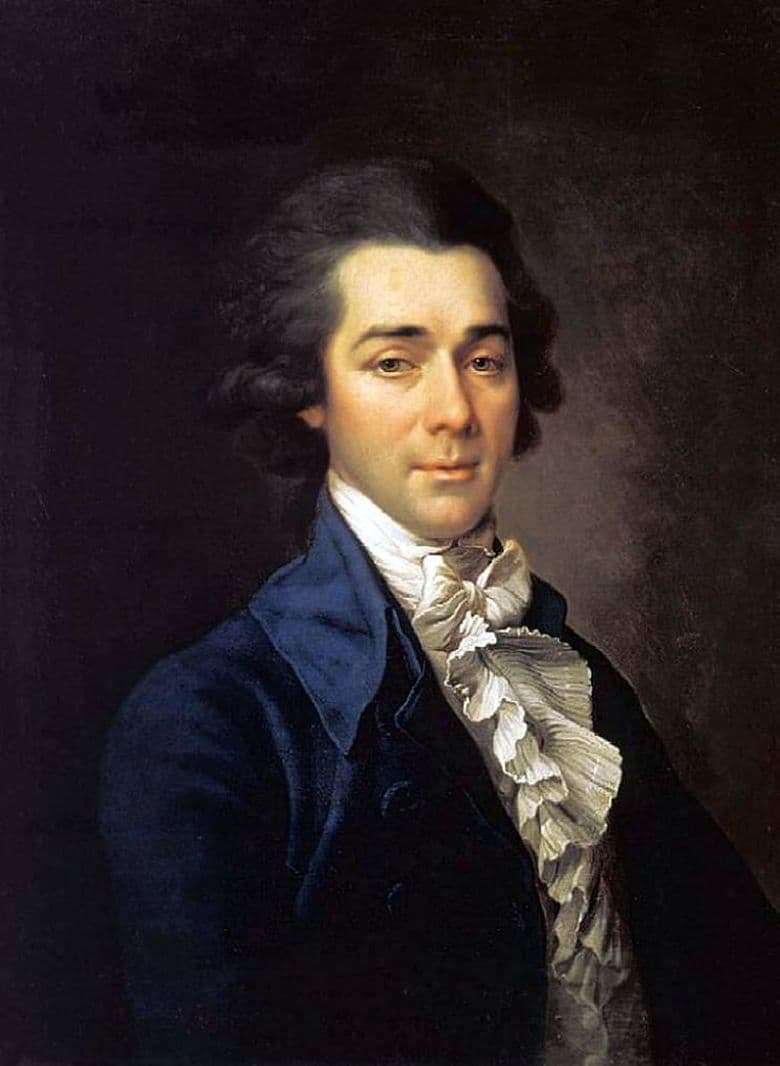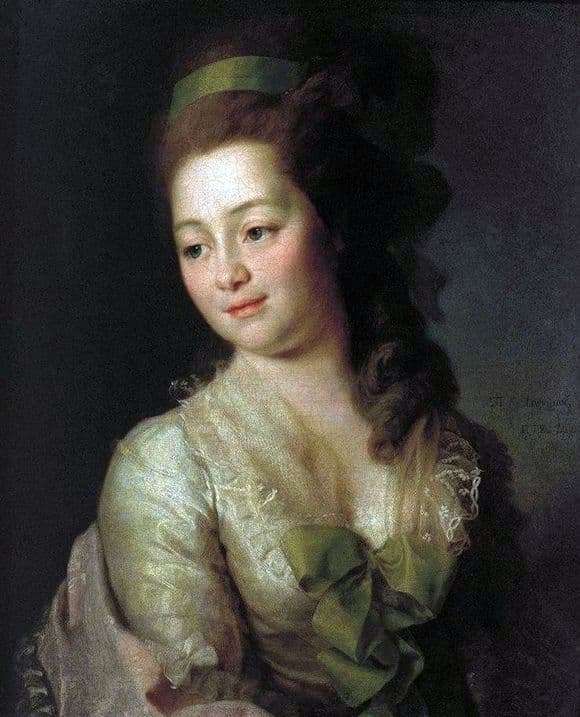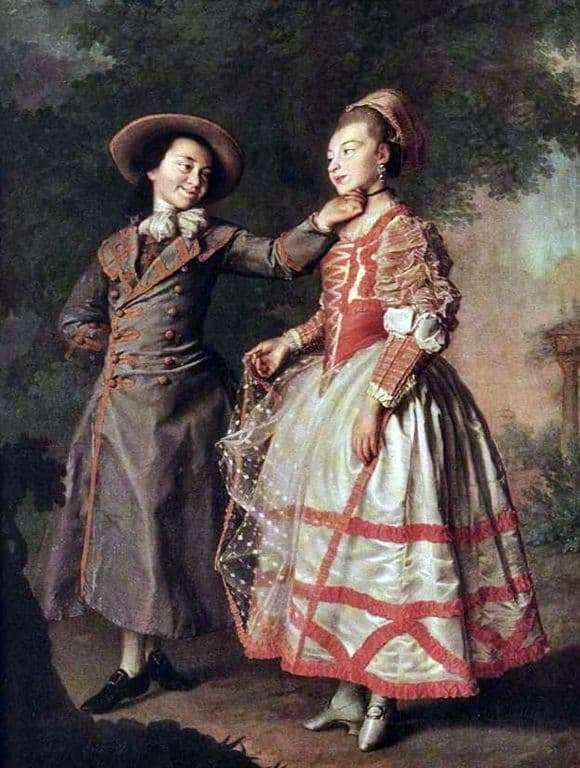
Portrait of E. N. Khrushchov and E. N. Khovanskaya is one of the exhibits of a whole series of paintings devoted to depicting the life of noble maidens from the Smolny Institute. This educational institution united under its arches the best girls of St. Petersburg and Russia. Cloths are known as Smolyanka. All masterpieces were written personally by the will of Empress Catherine II.
The portrait also received fame as “The vagaries of love, or Ninnet at the court.” This name appeared for a reason. Indeed, on the canvas reflected two lovely young girls who started almost theatrical play. Catherine Khrushchev posed in the image of a beautiful young man who shows attention to the lady of the heart. Fragile Catherine Khovanskaya looks at the “gentleman” with timid tenderness. Their poses are somewhat pompous and unnatural, but this gives the picture a special chic and charm.
The canvas is made very carefully, with the detail even small items of clothing girls. Each fold is drawn on the Khovansky dress, each room on the Khrushcheva coat. The image is made in soothing colors. The picture gives a feeling of peace and quiet joy. Girls smile each other warmly and sincerely. The shyness, innocence and grace of young ladies fascinates.
In the future, both noble women will brilliantly finish their studies and successfully get married. Ekaterina Khrushcheva will receive a special mark of her knowledge from the ruler of Sweden Gustav III – he will give her jewelry. Catherine Khovanskaya will finish her studies with the personal gratitude of Empress Catherine II.
Description of the painting by Dmitry Levitsky “Portrait of E. N. Khrushchova and E. N. Khovanskaya”
